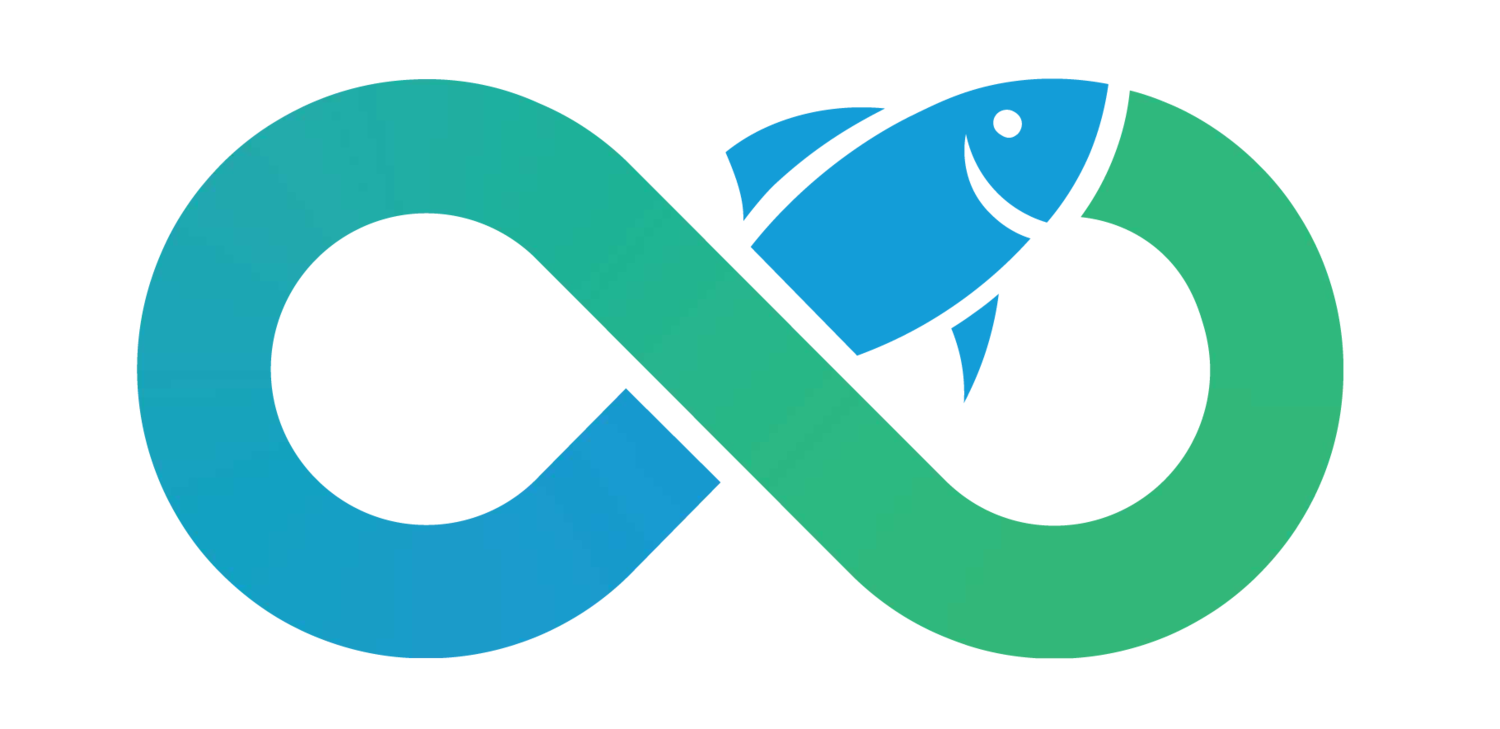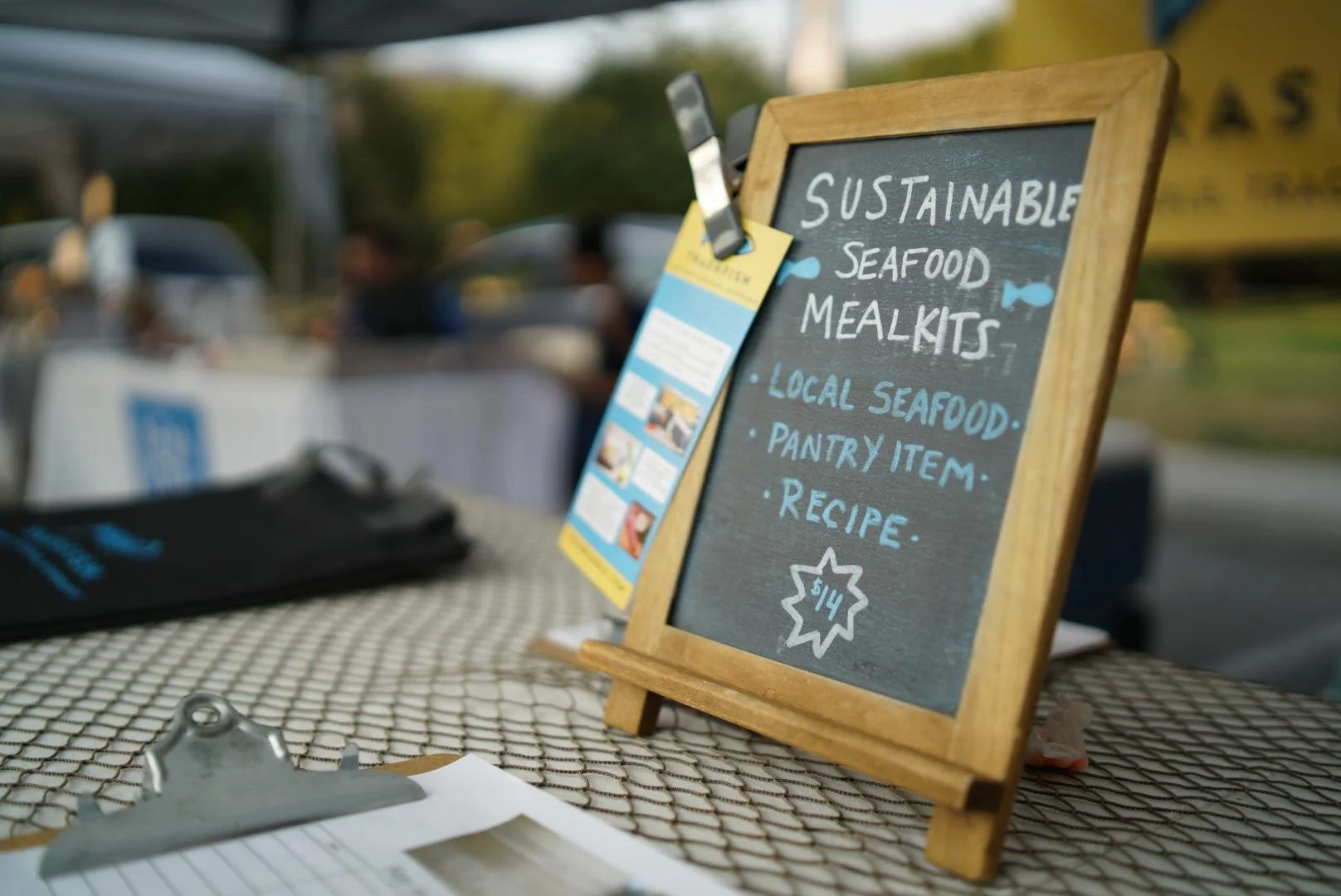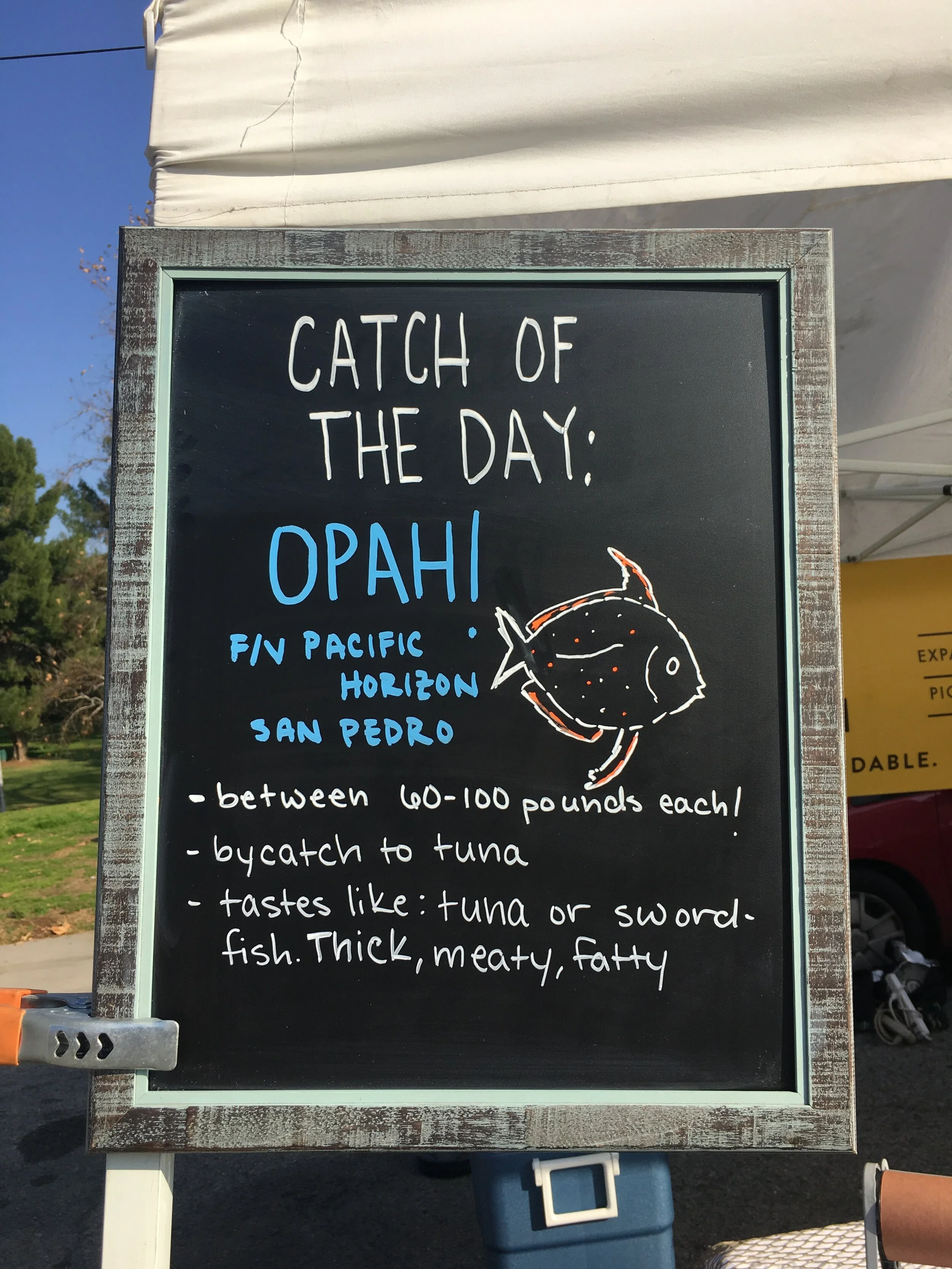What is a Community Supported Fishery (CSF)?
Image courtesy of Allegra La Ferr.
I am a marine biologist that used to work at a sustainable seafood startup. Which is why people are usually surprised to hear that I also get confused when standing in front of the fish counter at the supermarket. With all the information out there about seafood and sustainability, it can be incredibly difficult to feel confident about your seafood choices.
This is why I choose to defer to people who are more familiar with the subject than me, and support a CSF, or Community Supported Fishery, whenever possible. A CSF subscription allows me to have better access to local seafood and gives me confidence in knowing where my fish comes from.
The idea for CSFs originally came from agriculture where farmers started CSAs, or Community Supported Agriculture, programs. While there are many different types of CSAs, a commonly used model is when a customer pledges money to the farmer they wish to support at the beginning of the growing season as a buy-in of a share of the upcoming harvest.
This upfront capital provides farmers with the funds to buy necessary equipment and in return for their investment, the customer receives a fresh box of the farm’s produce each week, which varies depending on what fruits or veggies are in season.
Port Clyde Fresh Catch, a CSF based out of Maine, is credited with being the first group to take this idea and apply it to fishermen and their catch. Today, variations of CSFs exist across the United States. Some popular ones in California are Get Hooked in Los Angeles, Real Good Fish in Moss Landing, and Sea Forager in San Francisco. In San Diego, local fishing families like Saraspe Seafoods and Haworth Fish Co began offering deliveries in 2020, and the Tuna Harbor Dockside Market has added curbside pick-up to their offerings.
While many differ in style, most follow what is known as “triple-bottom-line” which prioritizes not only the profits for the business, but positive impacts for the environment and community. This holistic approach makes environmental stewards of harvesters and customers and builds trust between them.
Image courtesy of Allegra La Ferr.
Depending on the CSF, you can become a customer by signing up for a set number of deliveries upfront, or pay by the week. Typically catch depends on what seafood is in season and can vary due to other factors like weather or changes in fishing restrictions.
If you don’t live near the coast but still want to support a CSF, some will ship their product directly to your front door. Whatever your preferences are, you are sure to find a CSF that will fit your lifestyle.
There are many benefits for fishermen who decide to participate in a CSF including a higher share of the profits. Typically a fisherman will sell their fish to a wholesaler or processor, which in turn sells that same fish to a restaurant or consumer. With each step up the supply chain, the fish increases in price. Selling to a CSF means that there are fewer steps in the process, and as a result the fisherman gets a larger percentage of the overall profits.
Another benefit for fishermen is having access to a consistent customer base. This gives fishermen the confidence that there is a waiting market for their catch, which could potentially cut down on seafood waste.
As a customer, you can benefit from a CSF through access to a fresher product, learning more about where your food comes from, and supporting your local economy. It can also be a great way to get access to cuts or species which aren’t available at most standard grocery retailers - a VIP culinary experience. For example if you wanted to source a tuna collar for Chef Christina Ng’s Vietnamese Caramel-Glazed Tuna Collar, a CSF would be able to help find one for you.
Additionally, building up a relationship with a fishmonger or CSF near you can be beneficial when trying to answer questions like “What kind of seafood should I be eating?” or “Is this seafood sustainable?”. The people who work at CSFs are extremely knowledgeable and make it their job to know the product they sell, and the fishermen who catch it, and share this knowledge with their customers.
It can be difficult to trace your fish and know how it ended up on your plate when buying from a supermarket or restaurant. Supporting a CSF connects you directly to the harvesters in the seafood supply chain, and that transparency gives you an understanding of where your fish is coming from, and how it got to you.
When I worked at a CSF, many mornings would begin with hopping in the car, loading up a cooler full of ice, and heading towards the coast to connect with a fishing boat. I would meet the fisherman, thank him for his time and effort, and then hurry back to deliver their catch to hungry customers in Los Angeles.
It was always gratifying to hear a customer say “Wow! This fish really came from San Diego/Half Moon Bay/San Francisco?” as I smiled and replied, “I went up and retrieved it myself from the boat”. I like to think that knowing the story behind the fish and learning who caught it, makes it taste that much better.
Ready to dive in and try out a local CSF near you? Check out the website www.localcatch.org here to search the map and find your local fishermen.
Sources:
[1] Lisa M. Campbell , Noëlle Boucquey , Joshua Stoll , Henry Coppola & Martin D. Smith (2014) From Vegetable Box to Seafood Cooler: Applying the Community- Supported Agriculture Model to Fisheries, Society & Natural Resources, 27:1, 88-106, DOI: 10.1080/08941920.2013.842276.



